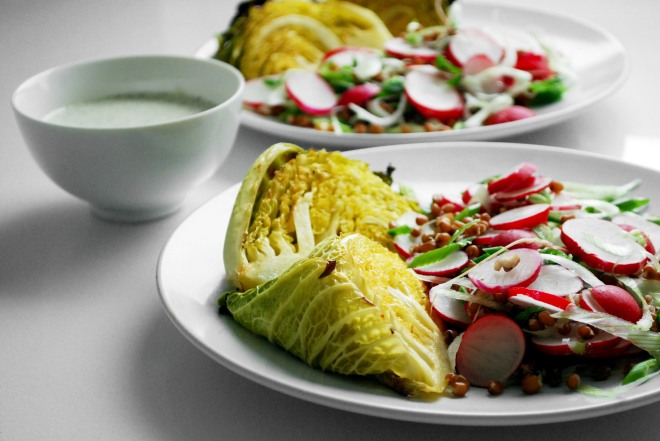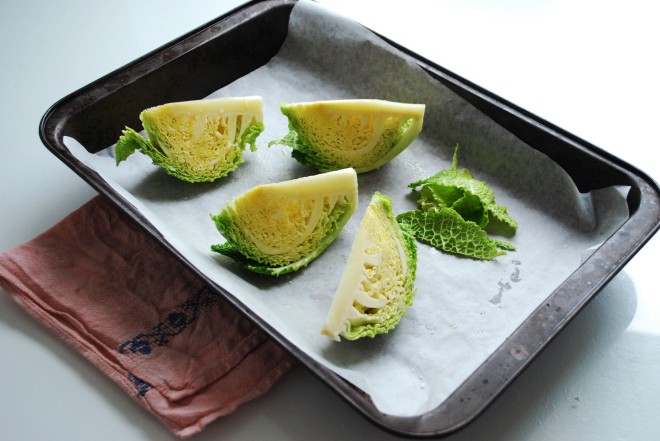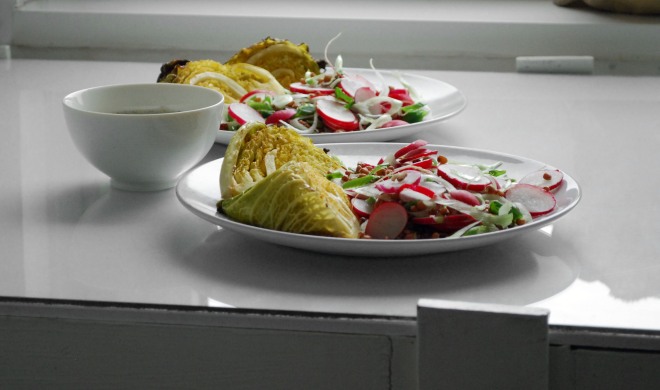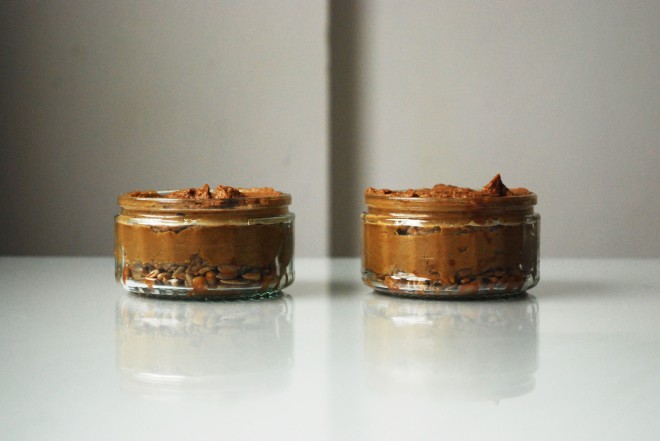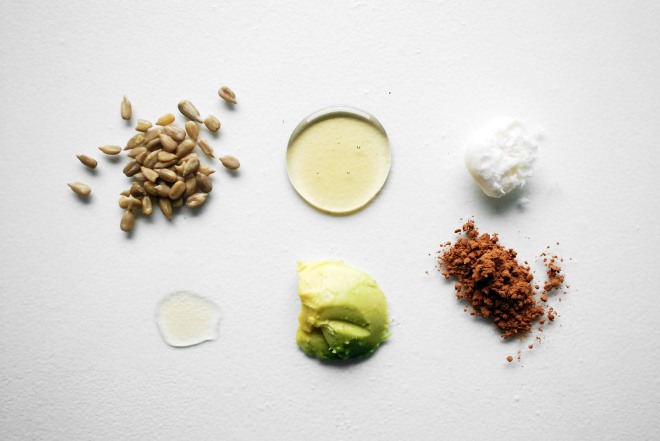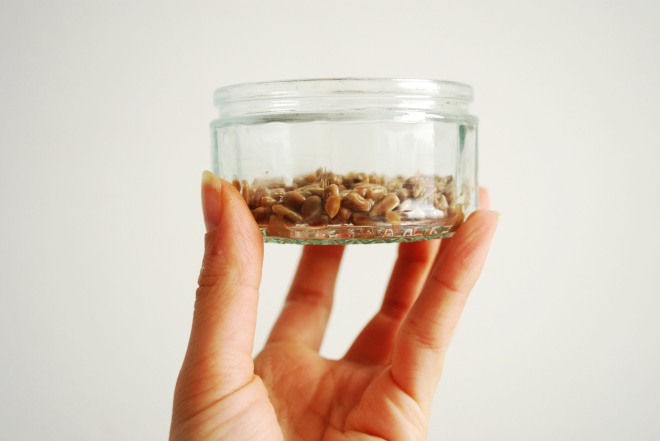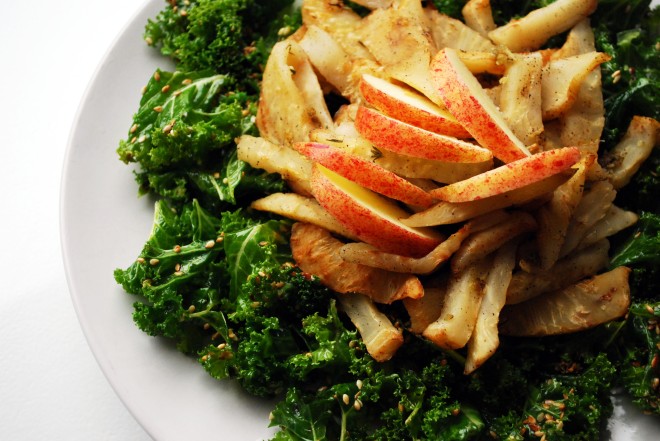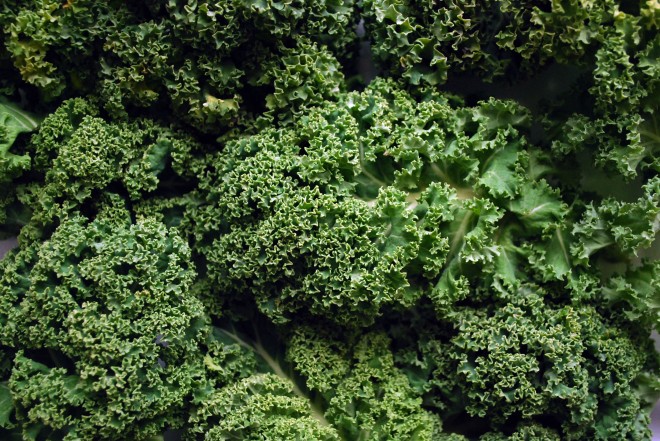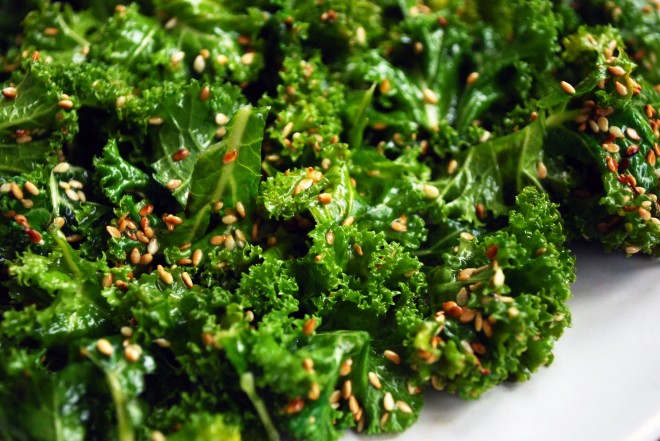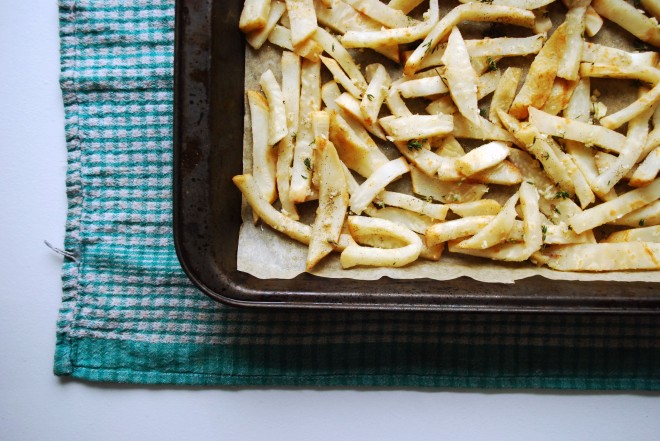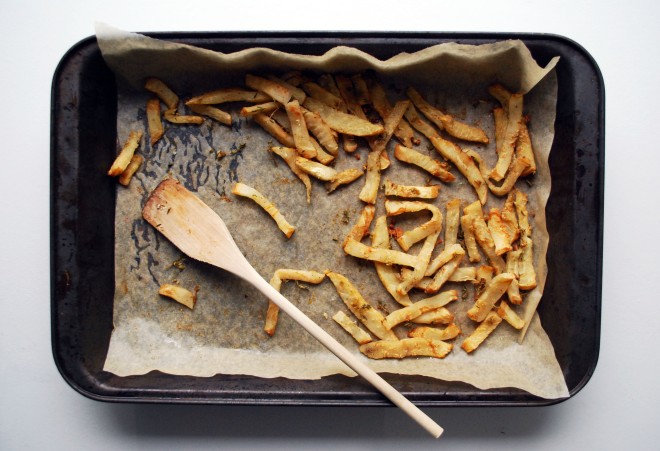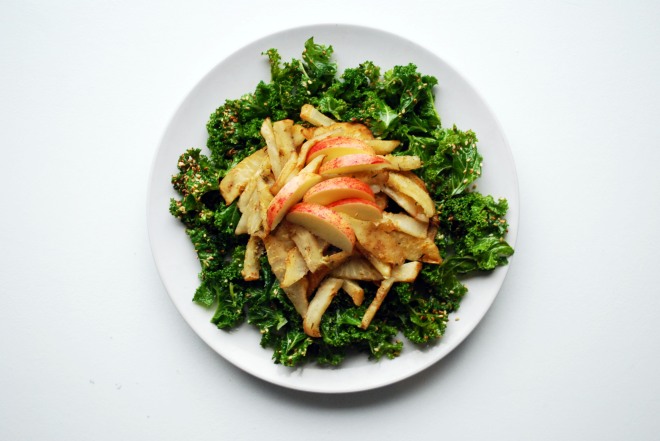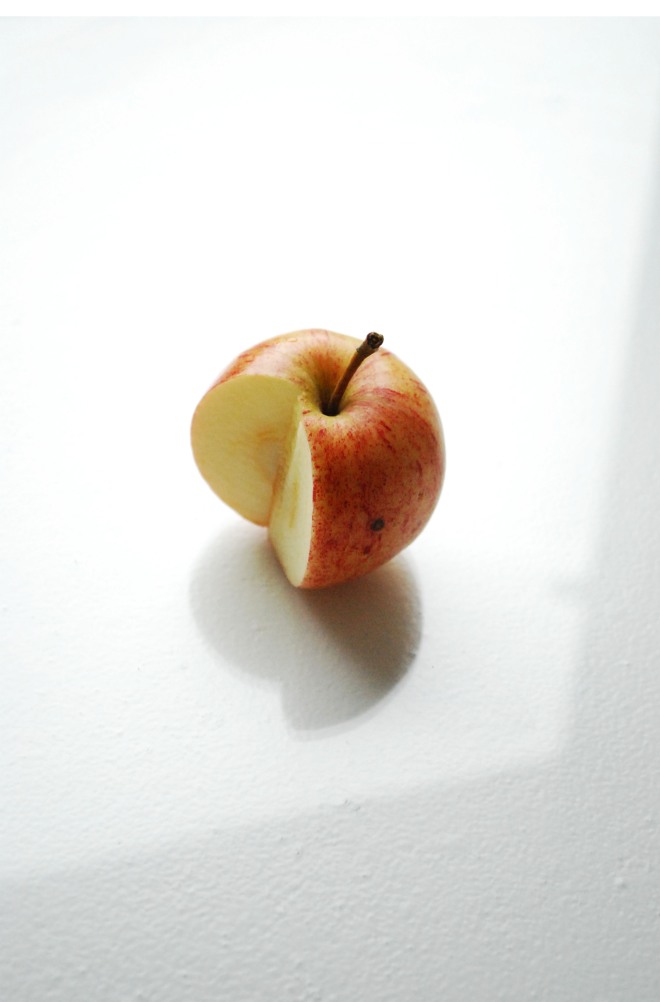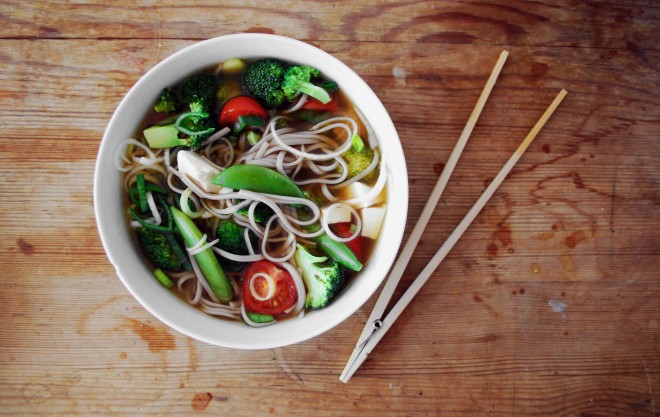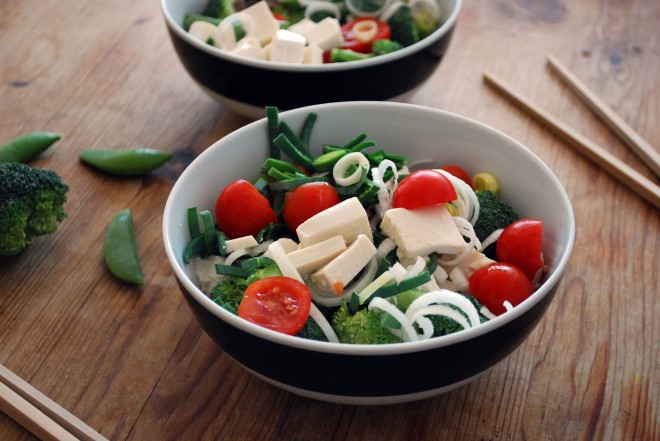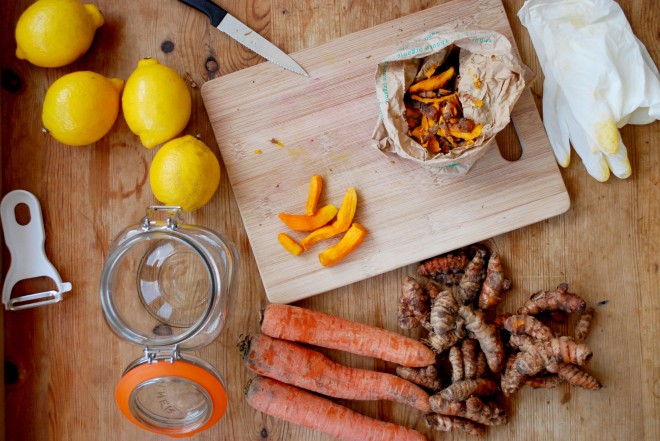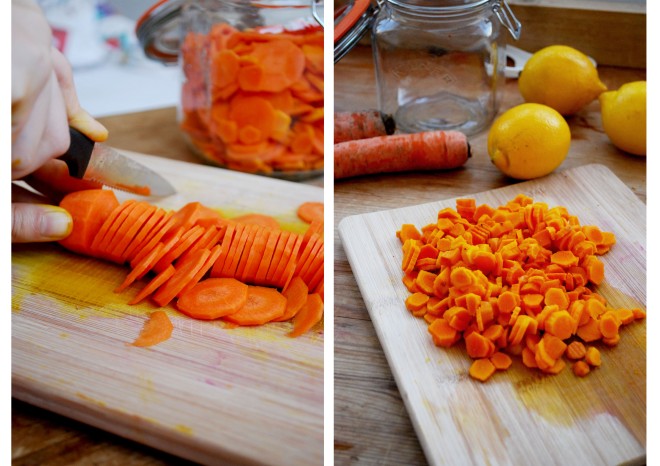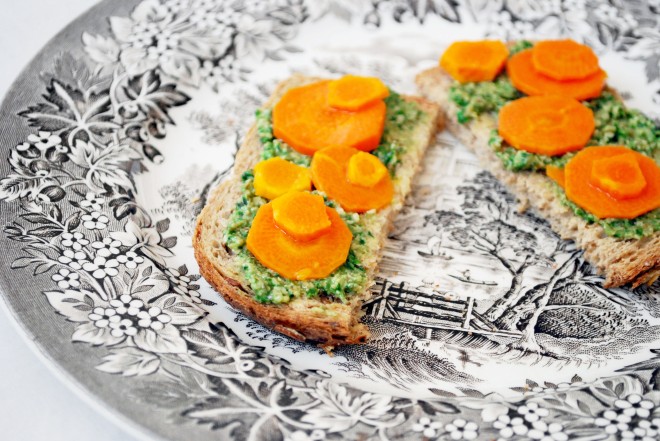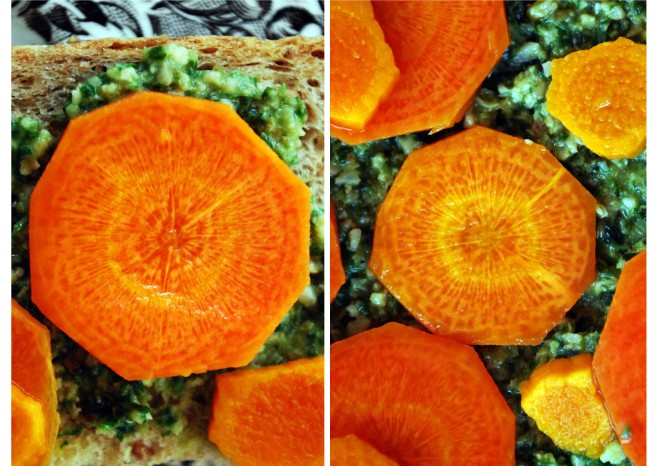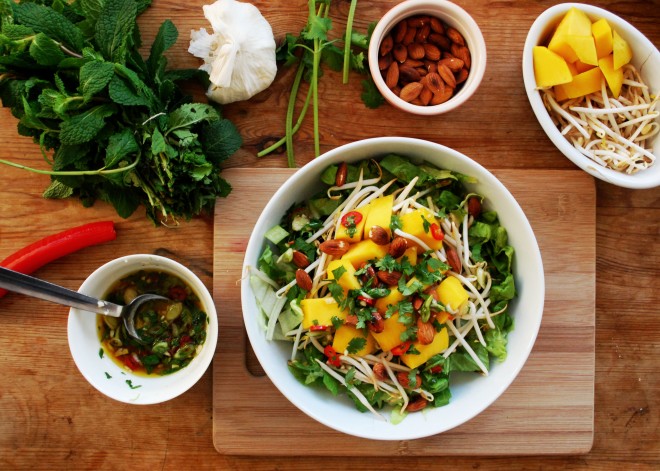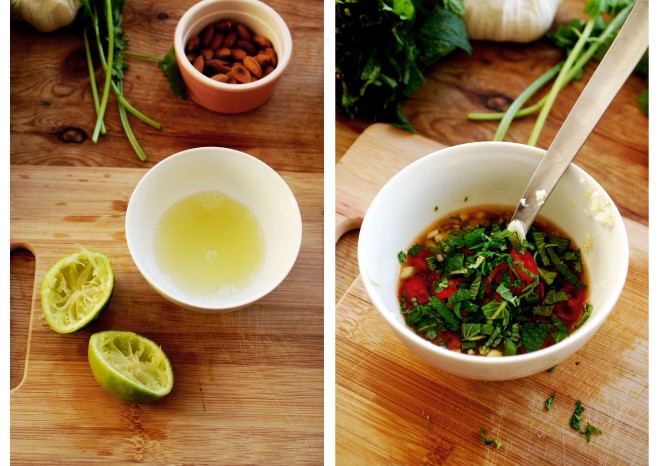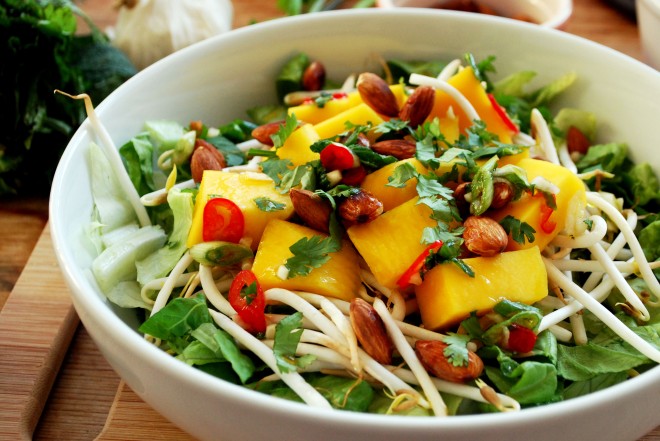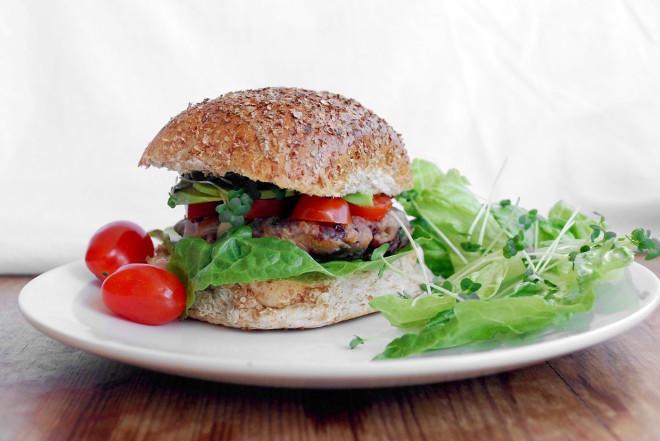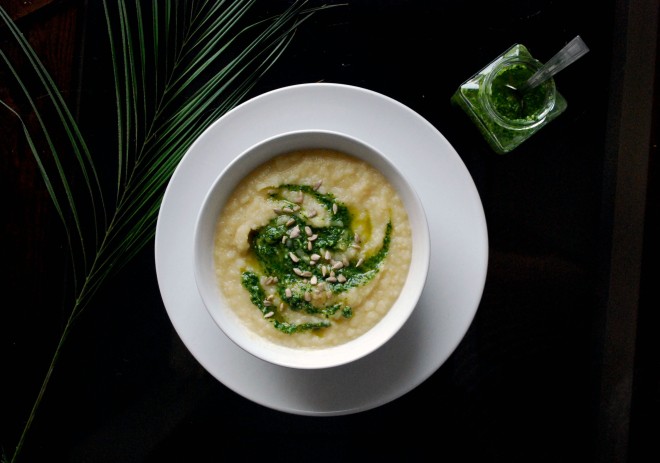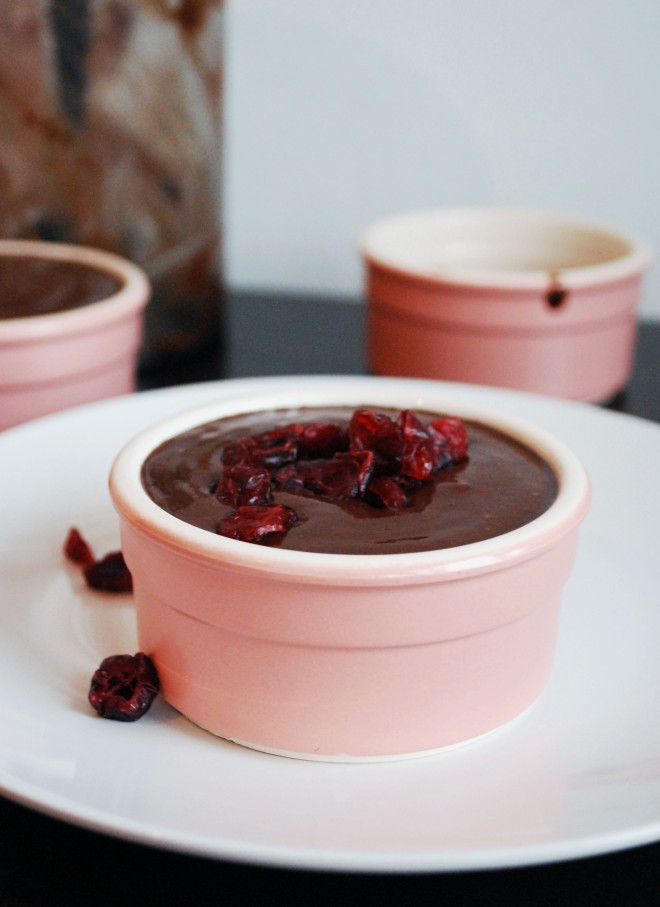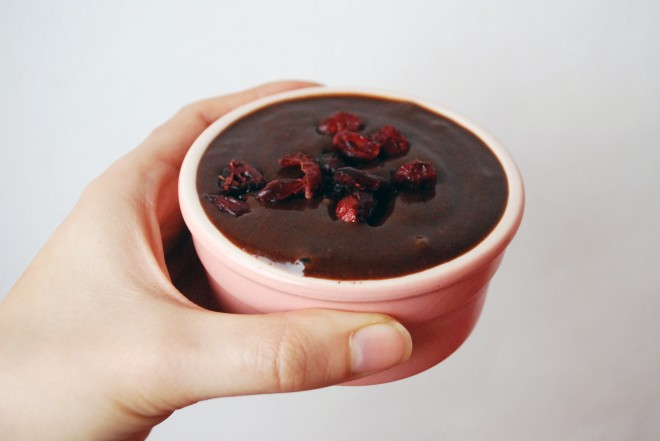 I love this stuff. I really do. I was so panicked I wouldn’t get the chance to eat them this year that I even thought about going to Romania for 1 week just to eat this soup and eat as much of this plant as possible.
I love this stuff. I really do. I was so panicked I wouldn’t get the chance to eat them this year that I even thought about going to Romania for 1 week just to eat this soup and eat as much of this plant as possible.
Ramsons or wild garlic leaves are usually available throughout March and April and are a favourite foraging herb due to its taste and properties. You can successfully just ditch the old garlic bulb and use this instead. It has a more richer flavour than plain garlic, but equally strong. Unfortunately for me, due to the fact that I live in a very big city, 20 stories high and work 12 hours a day I really don’t have the luxury of going out foraging for goodies, but I was lucky enough to find these gems in one of our farmers markets.
As garlic, ramson leaves possess all those antibacterial, antibiotic, antiseptic, anti everything qualities but it has a higher effect in lowering blood pressure and also cleanses the blood. It is rich in vitamin C and iron and normalises the gut flora.
And let’s have a word about potatoes. I noticed a fad diet going around the no-starch diets. I often wonder what’s wrong with people? We need starch! And as all the other cases, it’s not the food that’s the problem, it’s the people. As long as we fry it or bake it with butter and what-not’s of course it’s going to be bad for you and give you a heart attack! But why don’t you boil it, make a beautiful mash out of it or toss it in a salad, with the skin on, and you’ll see it won’t do you any harm as long as you don’t overeat it.
Potatoes contain slow-releasing carbs which keep you energised for a longer period. Also, if eaten properly helps you lower your blood pressure due to it’s kukoamine compound. It has high concentrations of vit. B6, which basically is essential for all new cell formations, ALL. Besides this it is a good source of potassium (more than bananas), copper, vitamin C, manganese, phosphorus, niacin, dietary fiber, and pantothenic acid. So go on and eat that potato. But pleaseee do make sure it’s organically grown or from a secure source. World-wide, potatoes are among the top 12 fruits and veggies that contain pesticide residues.
This soup is something my mother used to make for me. I love its deep flavour even though it’s basically made out of 3 ingredients. I feel this is the best way to feel the full flavour of these leaves. You start with a garlicky kick and finish with a subtle earthiness that leaves you wanting more, of the soup that is. To add a bit of texture I usually make a wild garlic pesto or add some croutons; bread or chickpea ones. In this case I did both. 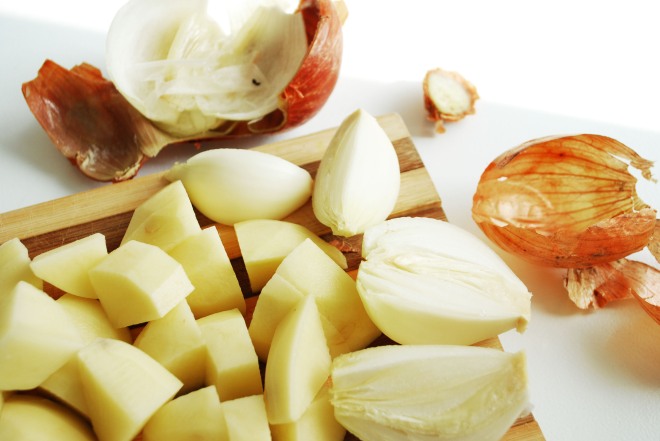

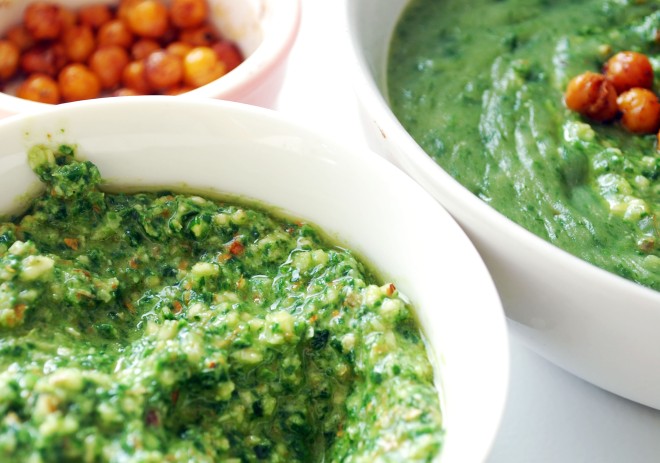
 Wild garlic and potato soup with wild garlic pesto and chickpeas croutons
Wild garlic and potato soup with wild garlic pesto and chickpeas croutons
Serves:2
Time:10 mins prep, 20 mins cooking
Soup:
1 medium onion
4 medium potatoes
1 or 2 bunches of wild garlic leaves
some oil and salt, water
Pesto:
1 bunch of wild garlic
1 handful or nuts or seeds ( walnuts, almonds, sunflower seeds, etc. )
olive oil, lemon, salt
Chickpeas croutons:
2 handfuls chickpeas
olive oil, pepper, paprika
Method:
Soup – Peel and cut the onion and potatoes into medium chunks and saute them for about 5-10 minutes; until they get a bit soft. Cover them with water and boil for about 10 minutes; until the potato is really soft and can be mashed. Meanwhile, wash the leaves and add them to the pot stirring them in the hot water. Do this for 2 minutes. Blend everything with a hand held blender, a high speed blender or just mash with a potato masher.
Pesto – Put all ingredients in the food processor or pestle and mortar and mix them very well, adjust the oil, lemon juice and salt according to your taste.
Chickpeas croutons – Add pre-boiled chickpeas to an oven tray. Sprinkle with olive oil, pepper and paprika. I accidentally dropped more paprika on them but decided to leave it like this. Shove in the oven at 180°C and leave it for 15 minutes.
Mix everything in a bowl and voila, my favourite soup!

